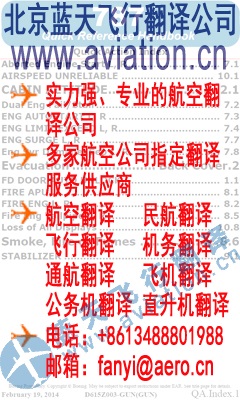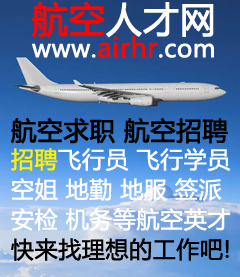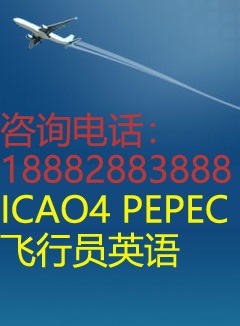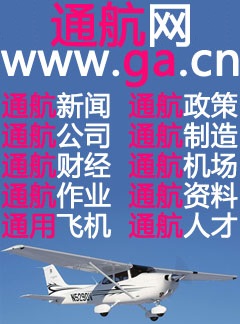|
曝光台 注意防骗 网曝天猫店富美金盛家居专营店坑蒙拐骗欺诈消费者
NOTE
The glide ratio is 8.8; i.e., for every 1000 ft (305 meters) of altitude loss the maximum horizontal distance traveled in still air is 1.45 NM (2.68 km). During this the propeller will continue to windmill.
With a stationary propeller the glide ratio is 10.3; this corresponds to a maximum horizontal distance of 1.70 NM
(3.14 km) for every 1000 ft altitude. In consideration of a safe airspeed however, this configuration may not be attainable.
Doc. No. 6.01.05-E Revision 1 03-Mar-2003 Page 3 - 23
3.5 EMERGENCY LANDINGS
3.5.1 EMERGENCY LANDING WITH ENGINE OFF
1.
Select suitable landing area. If no level landing area is available, a landing on an upward slope should be sought.
2.
Consider wind.
3.
Approach: If possible, fly along a short-cut rectangular circuit. On the downwind leg of the circuit the landing area should be inspected for obstacles from a suitable height. The degree of offset at each part of the circuit will allow the wind speed and direction to be assessed.
4.
Airspeed............................ 73 KIAS (1150 kg, 2535 lb.)
68 KIAS (1000 kg, 2205 lb.)
60 KIAS (850 kg, 1874 lb.)
5.
Radio .............................. advice ATC
6.
Emergency fuel valve.................. OFF
7.
ENGINE MASTER .................... check OFF
when it is certain that the landing field will be reached:
8.
Flaps .............................. LDG
9.
Safety harnesses ..................... tighten
CAUTION
If sufficient time is remaining, the risk of fire in the event of a collision with obstacles can be reduced as follows:
ELECTRIC MASTER............ OFF
10. Touchdown.......................... with the lowest possible airspeed
Doc. No. 6.01.05-E Revision 1 03-Mar-2003 Page 3 - 24
3.5.2 LANDING WITH A DEFECTIVE TIRE ON THE MAIN LANDING GEAR
CAUTION
A defective (e.g. burst) tire is not usually easy to detect. The damage normally occurs during take-off or landing, and is hardly noticeable during fast taxiing. It is only during the roll-out after landing or at lower taxiing speeds that a tendency to swerve occurs. Rapid and determined action is then required.
1.
Advise ATC.
2.
Land the airplane at the edge of the runway that is located on the side of the intact tire, so that changes in direction which must be expected during roll-out due to the braking action of the defective tire can be corrected on the runway.
3.
Land with one wing low. The wing on the side of the intact tire should be held low.
4.
Direction should be maintained using the rudder. This should be supported by use of the brake. It is possible that the brake must be applied strongly - if necessary to the point where the wheel locks. The wide track of the landing gear will prevent the airplane from tipping over a wide speed range. There is no pronounced tendency to tip even when skidding.
中国通航网 www.ga.cn
通航翻译 www.aviation.cn
本文链接地址:钻石40飞机飞行手册 DA 40 Airplane Flight Manual(23)
| 



